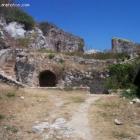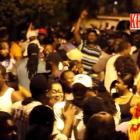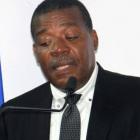ADVERTISEMENT
History
President Joseph Davilmar Théodore born in Ennery
Here is a picture od a son of the town of Ennery, President Joseph Davilmar Théodore. He was president of haiti for a very short period of time, exactly from 7 November 1914 to 22 February 1915.
President Joseph Davilmar Théodore has his origin in the city of Ennery which is located in the northern half of the country but not too far from the Haitian Capital pf Port-au-Prince. He has a long military career. He made his fortune in agriculture. In addition, Joseph Davilmar Théodore is credited for organizing the cacao farmers of the north who eventually revolted against President Oreste Zamor.
Central Railway at Rue du Quai, Joseph Davilmar Théodore Government
Here is a picture of Central Railway at Rue du Quai during the government of Joseph Davilmar Théodore
Haiti had amassed a very large debt and Borno asked for a loan of $23 million to resolve it. He used the money to make infrastructure improvements, which included:
Road work
Rehabilitation of irrigation canals
Building of hospitals, schools, and public buildings
Availability of drinking water and telephones
Established an agricultural school and low-cost education nation-wide
Borno, however, would not hold free and fair elections. Instead the State Council re-appointed him in 1926. Borno ruled until 1930 when an American commission organized free elections and an interim president, Louis Eugene Roy, was sworn in.
In 1942 at the age of 76 Borno died in Petion-Ville.
Jean-Jacques Dessalines as Emperor Jacques I of Haiti
Here is a picture of Jean-Jacques Dessalines after he became Emperor Jacques I of Haiti.
Ruling as governor-general, prior to becoming emperor, Dessalines, who despised the white and mulatto elite population, killed thousands of them in the 1804 Haiti Massacre. The genocide accomplished, he defined Haiti as a 100% black nation, and banned whites from acquiring land or property in Haiti. Dessalines instituted a form of slavery, ordering blacks to work as soldiers to defend against foreign invaders, or labor on plantations to ensure Haiti's economic survival.
Although Dessalines hated the mulatto elite, he appointed some of them as officials and managers in his administration because they were highly-educated. Dessalines ruled for two years before disgruntled members of his administration, Alexandre Petion and Henri Christophe among them, planned a coup d'etat. They assassinated Dessalines on October 17, 1806.
Presidend Michel Martelly criticized for wearing blue jean, death of Dessalines
Here is a picture where President Michel Martelly was wearing his blue jean and dressed casually in 2012 at the commemoration of the death of Jean-Jacques Dessalines. he was criticized severely by many important members of the society for this action
Jean-Jacques Dessalines was born in Saint Domingue on September 20, 1806 as Jean-Jacques Duclos, his father's surname given by his slave owner. He worked in the sugar cane fields, rising to the position of foreman. At the age of 30, a freed slave, Dessalines, bought Jean-Jacques and gave him his surname, Dessalines.
In 1791 Dessalines participated in the slave rebellion, the prelude to the Haitian Revolution. He fought alongside Toussaint Louverture with the French to defeat the Spanish and British. When the French took steps to bring slavery back on Saint Domingue, Dessalines fought against them, defeating them at the Battle of Vertieres in 1803. The French surrendered and Dessalines proclaimed the Declaration of Independence and made himself emperor, Jacques I.
The royal declaration by Henri Christophe in 1821
This is the actual declaration by Henri Christophe in 1821.
Henri Christophe, the President of Haiti (February 17, 1807 to March 28, 1811) and the king of Haiti (March 28, 1811 to October 8, 1820) was the son of a slave. During his lifetime, he has worked as a waiter, mason, sailor , billiard-marker, stable-hand and a drummer boy. He managed a hotel restaurant in Cap-Français, entered the army and achieved the rank of officer. By 1802, he was a general under the command of Toussaint. In 1811, he became King of Haiti. In 1811 Christophe changed Northern Haiti from a republic to a kingdom and had made himself the crowned King Henri I. He is mostly remembered for the citadels and fortresses he built, but his organizational and administrative brilliance is mostly overlooked. He created an atmosphere of work, discipline and introduced a system of education in his empire. As the king of Haiti, he took his responsibility seriously and declared Catholicism as the official religion of his country, although other beliefs were respected. He introduced a monetary system which is not much different from the present one. He had a grand engraved armorial coat of arms at head of caption title: two crowned lions holding a crowned shield, with a phoenix and with a scroll reading "am reborn from my ashes"" and another scroll underneath the lions reading"God my cause and my sword". The royal declaration represented a protest against the French plan to reconquer the former colony of Saint-Domingue, even as diplomatic negotiations were underway.
Marie-Louise Coidavid, wife of Henri Christophe
Here is a picture of Marie-Louise Coidavid.
Marie-Louise (May 8, 1778 - 1851), the wife of Henry Chrystophe was born into a free black family. Her father was a hotel owner. She was married to Henry in 1798. In 1811, when the kingdom of Haiti was created, Marie-Louise was given the title of "Queen", and she took that responsibility seriously. In 1820, when Henry committed suicide as he could not face a military rebellion with his paralyzed body caused by a stroke, Marie-Louise, his widow, was allowed to leave Haiti with her two daughters. After the death of her husband, Marie remained in the palace with her daughters until Henry's followers escorted them out of the palace with the corpse of her husband. Henry's successor Jean-Pierre Boyer offered her help and protection, but she refused. They travelled to London (there was a rumor that her husband left three million money deposited somewhere in Europe) and then moved to Pisa where they found the climate more salubrious. However, both of her daughters were sick and died prematurely. After their death, she wrote to Boyer, requesting permission for returning to homeland. But Boyer heartlessly ignored her and in 1851, she died alone in exile.
Sans-Souci Palace, also called Chateau de Sans-Souci
Sans-Souci Palace, also called Chateau de Sans-Souci of Henri Christophe
The Sans-Souci (or Carefree in English) Palace was the Royal residence of Henry Chrystophe (who named himself King Henry I), of Haiti. Its construction was completed between 1810 and 1813. It is located in the town of Milot, Nord Department, near the famous mountaintop fortress Citadelle Laferrière or, Citadelle, also built by Henry Chrystophe. In a severe earthquake in 1842, a major part of the palace was destroyed. During its heydays, Sans-Souci palace was compared to Versailles in France. Henry Christophe was a former slave and a self educated person. He built the palace under a program to demonstrate foreigners like Europeans and Americans, the power and capability of the black race. Incidentally, the palace shares its name with one African slave revolutionary leader, Colonel Jean-Baptiste Sans Souci. In 1982, UNESCO designated both Citadelle Laferrière and Chateau de Sans-Souci (carefree country house or castle) of Henry Chrystophe as World Heritage Sites.
Jean-Baptiste Riché instrumental in 1807, siege of Port-au-Prince
Jean-Baptiste Riché was instrumental in Christophe's victory at the Battle of Siebert on January 1, 1807. During the siege of Port-au-Prince in 1811,
Jean-Baptiste Riché ousted President Pierrot with the supports of his capable rebel mulattos along with much of the support of the Haïtian army. After becoming the president, his first act was to restore the Constitution of 1816 which was practically the revised version of the Constitution of 1806 written by Alexandre Pétion. He created the "Maison Centrale", a boarding school for homeless boys. He died on February 28, 1847 while in his office due to the overdose of Cantharide aphrodisiac properties. The Riché's presidency is often considered as ineffective by some historians. However, it is an established fact that he opened many ways of changes in the Haitian political landscape that were followed and adopted by some of his succeeding administrators. Thus, his presidency is often considered as the turning point in the history of Haïtian politics.
Jean-Baptiste Riché, President of Haiti
Here is a picture of Jean-Baptiste Riché, President of Haiti.
Jean-Baptiste Riché (born 1780) was the Haitian President between March 1, 1846 to February 27, 1847. His military career began in 1802 when he was enlisted in the revolutionary army. He took active part in the war of independence and was hurt by a projectile that damaged the optic nerves of his right eye and went blind. After the downfall of Christophe in 1820, Riché took the side of the new government and retained his post (Commander of Haïti's Northern Province) during the subsequent administrations of Jean Pierre Boyer (President between 1818 to 1843) and his followers and he was able to retain that until Jean-Louis Pierrot became President of Haïti in 1845. These Boyer backers subsequently became his strongest critic. He was the son of a free black man, a sergeant in the colonial militia, who probably served in the rebel forces. Jean-Baptiste Riché was illiterate and old when became the Haitian President on March 24, 1846. He was succeeded to become the President of Haiti because he had a common sense that ended the dictatorship of his predecessors.
Henri Namphy living in the Dominican Republic
Here is a picture of Former Haitian President Henri Namphy living in the Dominican Republic
He was born to an old established family in Cap-Haitien. General Namphy was a graduate of the Haitian Military Academy and was first commissioned as an army officer in 1954. Gradually he was promoted to Brigadier General (1981) and Lieutenant General (1984). He served as the Senior Military Commander in two of Haiti's 9 provinces, one in the southern peninsula and other in the northwest and later he became the Chief of Staff. General Namphy was ousted in a military coup in September 1988. He was arrested and escorted to the airport on a granted political asylum. He left the country with wife, Gabrielle, and his daughter, Melissa. His palace at the Champ de Mars Plaza, near the army general headquarters and the Dessalines Barracks, which housed the country's best-trained unit, was the center point of weapon fire.
He speaks Spanish, Creole, French and some English. He has been married twice and has two children. He seldom travels overseas. His favorite foods are Haitian dishes like beef and pork chunks cooked in sizzling oil. But as drinks, he prefers Johnny Walker Black Scotch than own fine rums. He loves jokes and humor, but when he is serious, he is deadly serious.

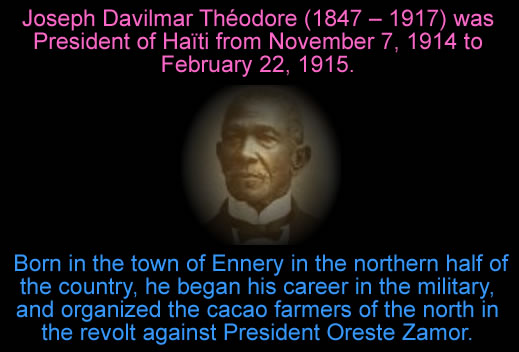
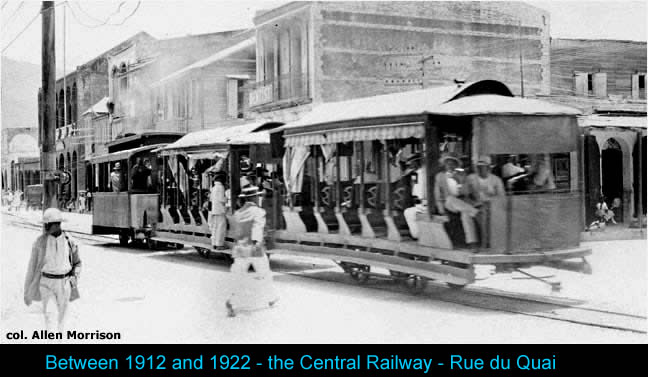
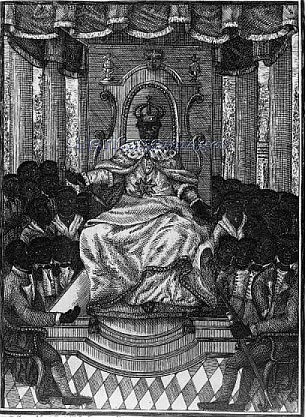
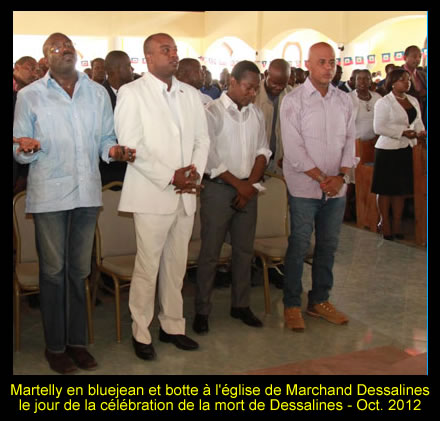
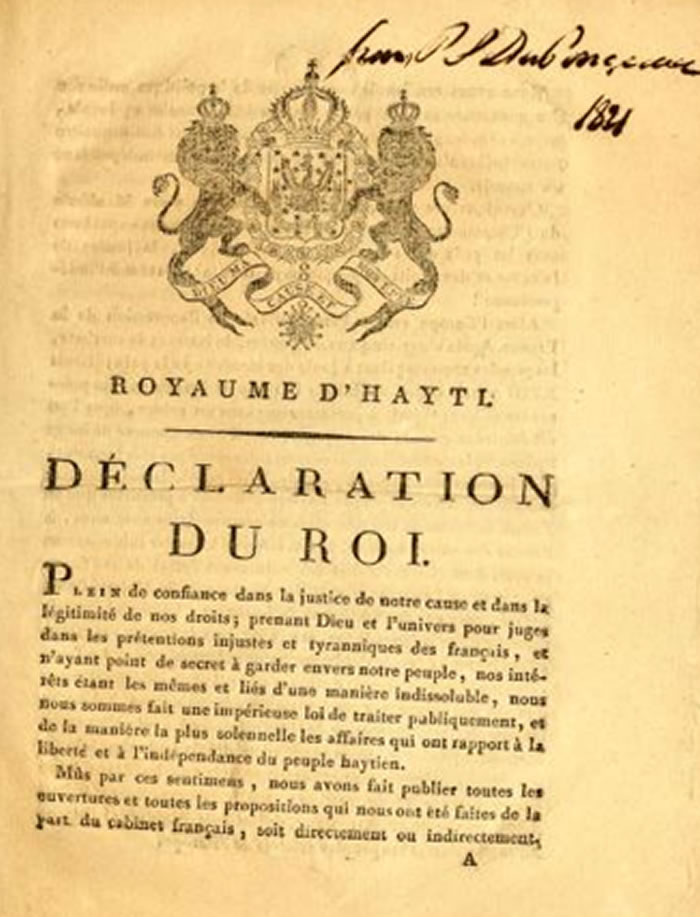
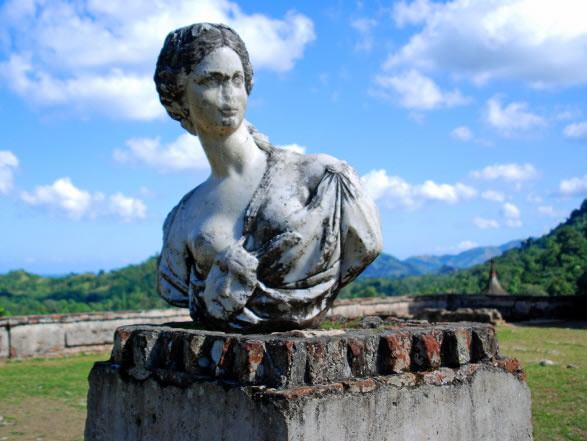
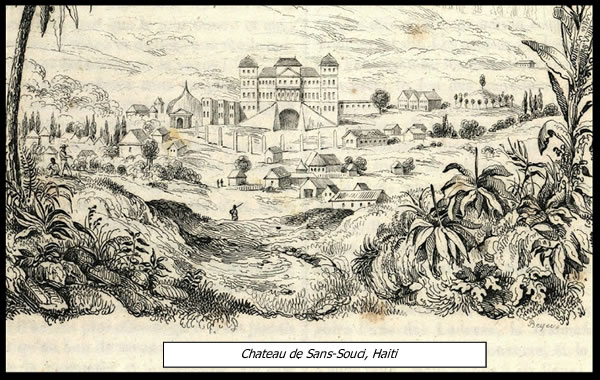
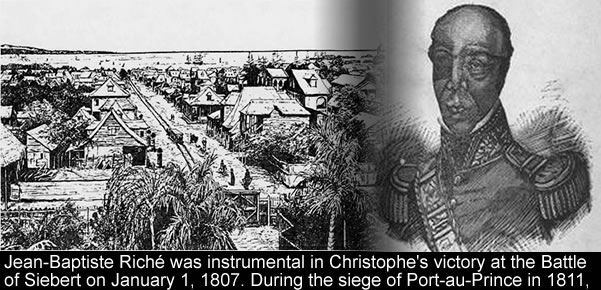
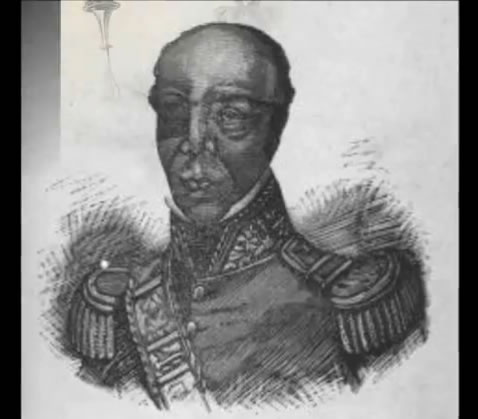
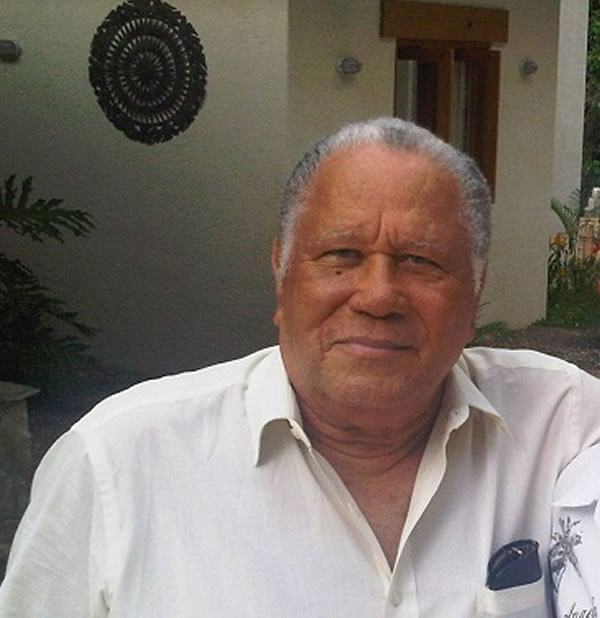
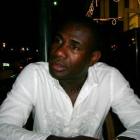 Jounalis Phares Duverne mouri
Jounalis Phares Duverne mouri 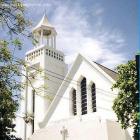 Nouveau College Bird in Port-au-Prince, Haiti
Nouveau College Bird in Port-au-Prince, Haiti 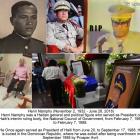 Henri Namphy Haitian General and President , buried in...
Henri Namphy Haitian General and President , buried in...  Jovenel Moïse nominated Jean Henry Céant as prime minister of...
Jovenel Moïse nominated Jean Henry Céant as prime minister of...  Delimart Plaza, Delmas 32, Port-au-Prince, Haiti being looted
Delimart Plaza, Delmas 32, Port-au-Prince, Haiti being looted  Meet Haitian-American professional baseball pitcher Touki...
Meet Haitian-American professional baseball pitcher Touki... 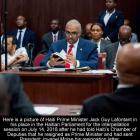 Jack Guy Lafontant resigns as Haiti Prime Minister
Jack Guy Lafontant resigns as Haiti Prime Minister  Commissioner Frantz Pierre indicted for accepting bribes
Commissioner Frantz Pierre indicted for accepting bribes 

